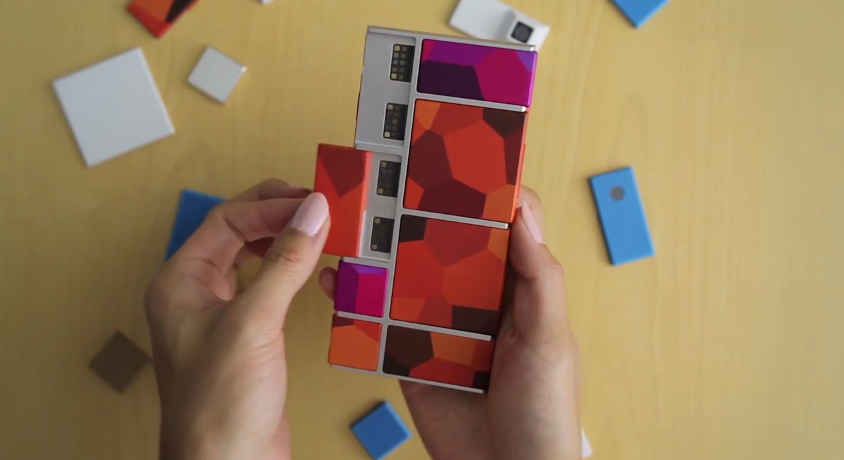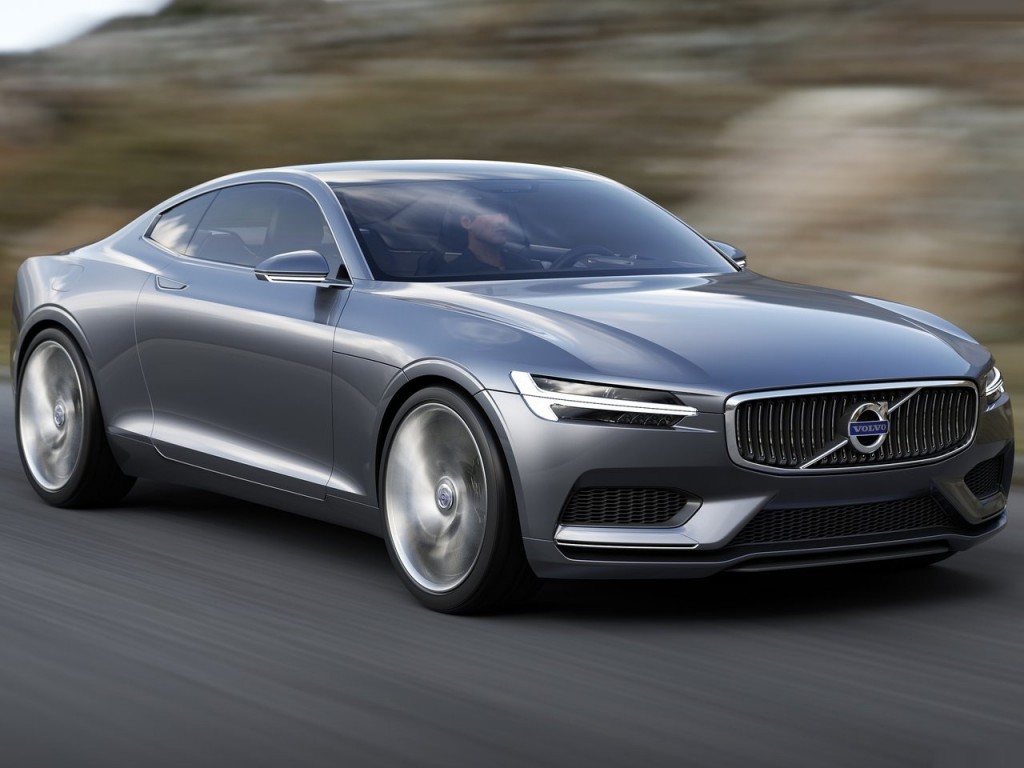The marketing video assignment was a refreshing change of pace in an otherwise run-of-the-mill term. With so many group projects and presentations already, this assignment could have easily been just another one on the list, an addition to the chore pile, a huge stress. But by being exposed to print ads, logos, promos, and other video clips all term, the video was a natural extension of the course. It allowed my group to flex some of our creative muscles and come up with a project that had our own unique flare. By doing the project in this way, it prompted research, learning and information processing that otherwise would have been perceived as incredibly tedious.
As someone who has been a part of video-making in the past (as an actor and promoter for school events), the video allowed me to use some artistic license and background knowledge that would have gone untapped in a presentation setting. However, my only criticism of the assignment is that it could better be implemented as a promotional tool than a made-for-movie presentation. A lot of the material in the video had already been captured in our previous assignments, and creating commercial advertisements would help bring the marketing experience full-circle while still demonstrating our knowledge. By creating ads for our recommendations, positioned towards our target market, we would be able to express our understanding of the course content and market segment we’ve chosen. These smaller 30 second ads (maybe as an ad campaign!) may be supplemented by a short 1-2 page summary of the 4 Ps underpinning the strategy, or the connections between the recommendations and the ads themselves.
Overall, the video assignment was a personal highlight of this term, but its use as a promotional tool could be just as informative and far more engaging.







Recent Comments